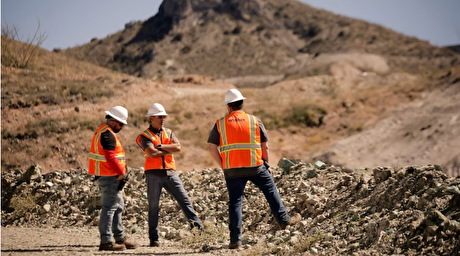
The Importance of Vegetation in the desert

Reporting and Photographs: Reza Goudarzi, Editor
ME-METALS adopted from Persian Cheetah (Asiatic) magazine: This was the environment that had been destroyed, and the wildlife which had been completely extinct due to over-construction or over-utilization of natural resources after the Industrial Revolution, and that can not be restored with any device whatsoever.
Today our world and everyday life are so industrialized that some people sometimes think that water is being built in mineral water factories and are unable to understand the cycles of wind, cloud, rain and the environment as a whole. The four-season country of Iran, in spite of having the Alborz Mountains in the north and the Zagros Mountains in the west, and having high peaks and woods, is still considered to be among the dry lands of the world with desert and semi-desert climate and is covered by deserts in central and southern part of the country (almost 34million hectares), with large populated cities in these areas.
One of the sources of divine service in Iran is the natural resources and mines that are active in most parts of Iran, which have resulted in entrepreneurship for thousands and a source of income for the country.
The exploitation of mines at the cost of the destruction of the environment and wildlife has always been protested by environment lovers.
Of course, along with these issues, social responsibilities are also defined for such mines and industrial companies in relation to environmental and wildlife issues, which are sometimes well-executed and, in some cases, totally ignored.
The Middle East Mines and Mineral Industries Development Holding Company, Midhco, aims to invest in the mining and mineral industries of Iran, and the subsidiaries of this holding, such as Zarand Steel Co., have been active in steel industry in Zarand, Kerman and is located almost in the center of Iran and its desert areas.
To help improve the greenery and the climate and prevent desertification in Zarand, Fathabad, Sharif Abad, and Yazdan-Shahr, Midco has undertaken several projects such as afforestation and elimination of deserts.
In this issue of the journal, we produced a report on the project of the elimination of deserts on a trip to this area, which you’ll read in the abstract. The best method of eliminating deserts and dealing with dust is the natural method, which includes restoring and increasing desert vegetation and fighting sand movement by creating a natural barrier.
In this method, haloxylons have been planted in the desert, and by creating channels (sediment trap) parallel to each other and perpendicular to the wind direction, a natural dam is created against the path of movement of the sand.
In March 2018, this project started at a cost of about 7,000,000,000 rials for the elimination of deserts at a level of 200 hectares.
In the first phase, 30,000 haloxyons were planted. (Picture on top of Pages 54 and 55).In this method, first a hole is dug using a mechanical excavator 50 cm in diameter and 50 cm in depth.

They are panned so that they can hold 50 liters of water. (Photos below pages 54 and 55).
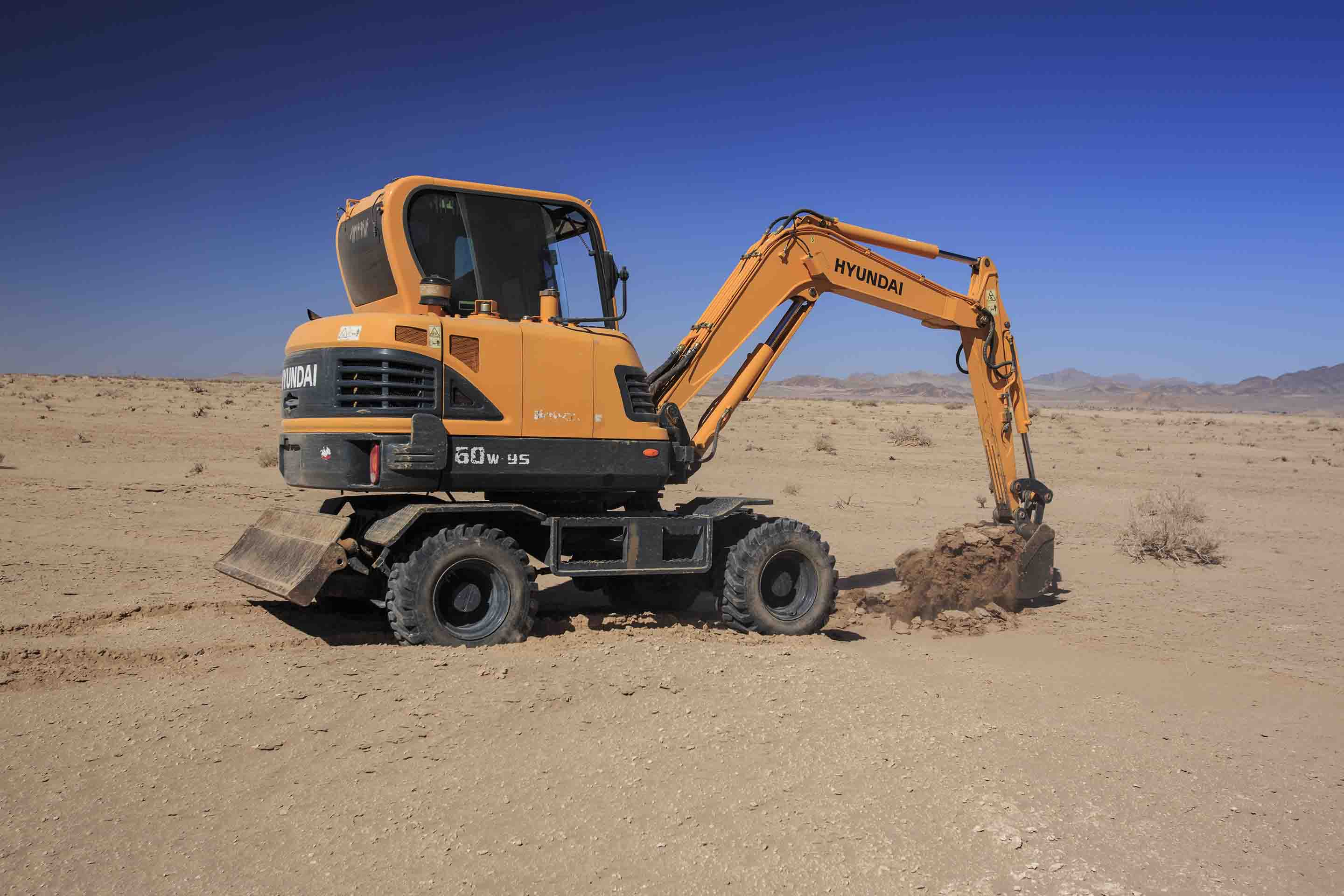
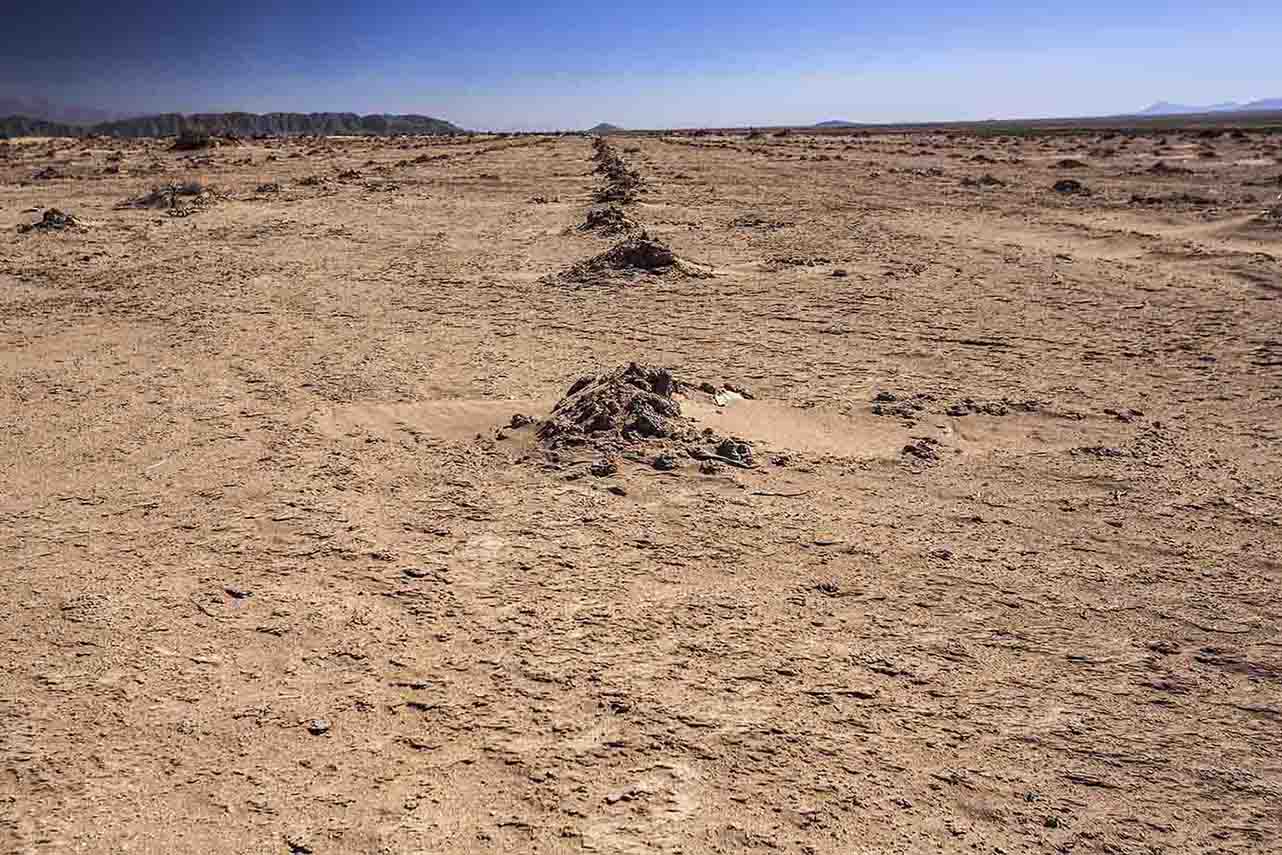
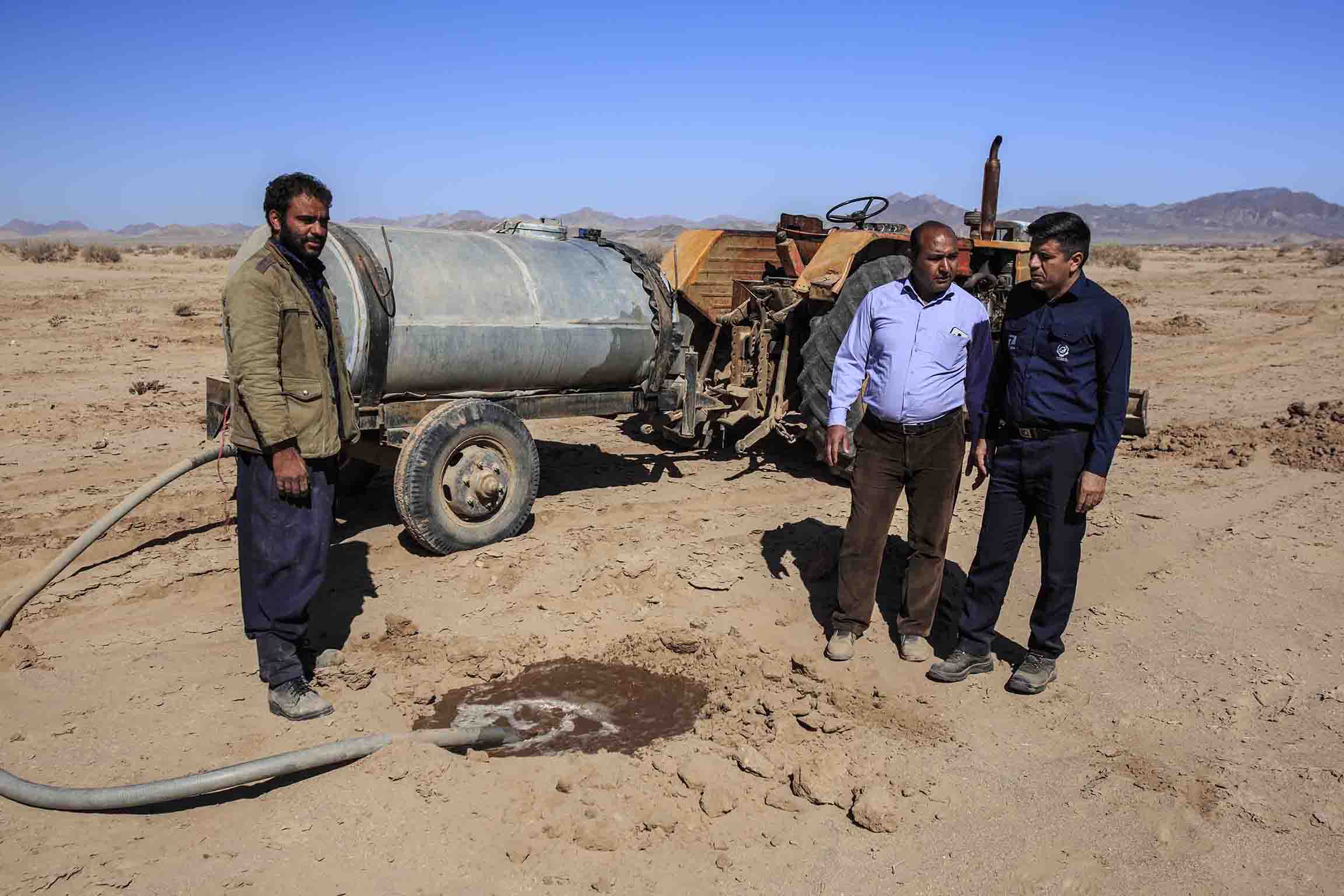
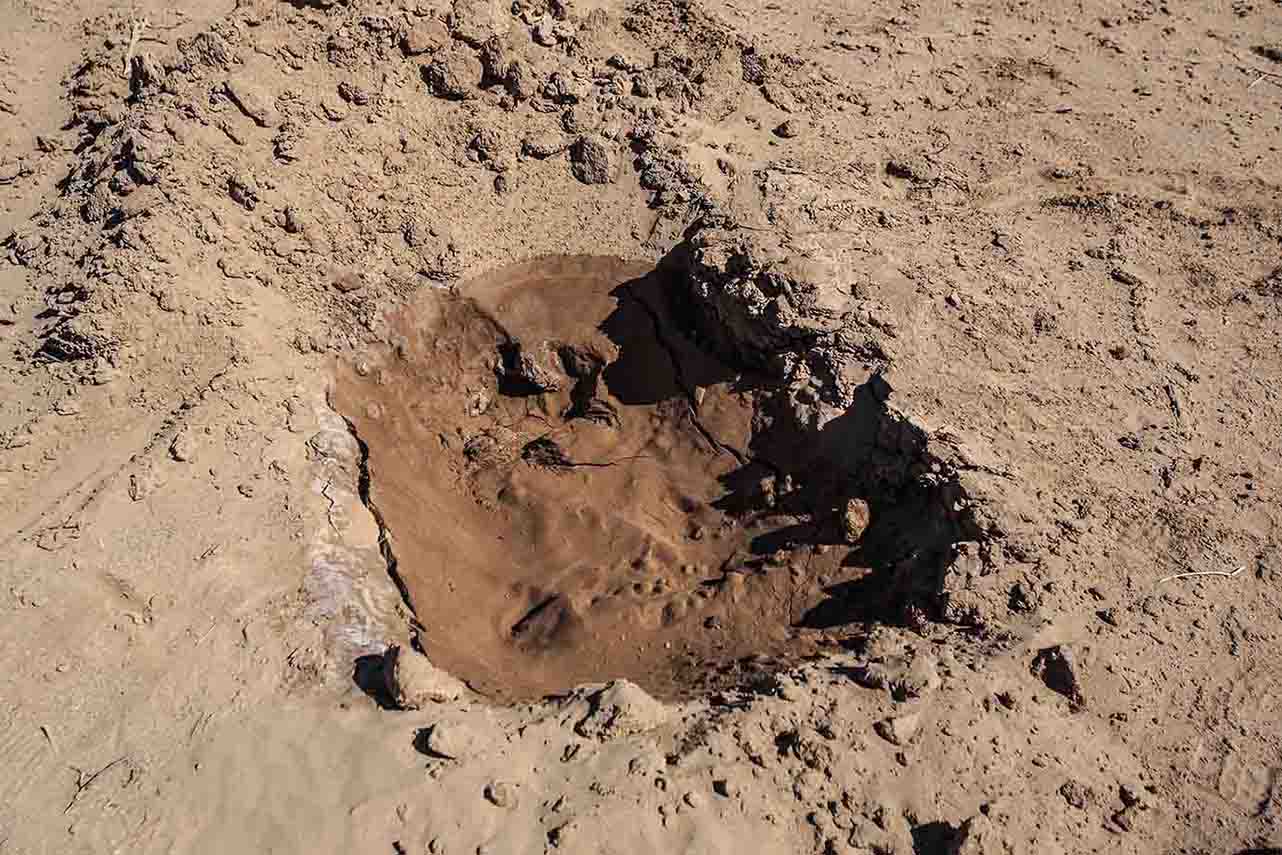
The saplings are transported from the site of the seed and sapling production plant according to the daily requirements of the crop to the desert, so that the time between the transportation and the transplantation is not longer than 48 hours, and irrigation is simultaneously done. (Pic. On top of Page 57)
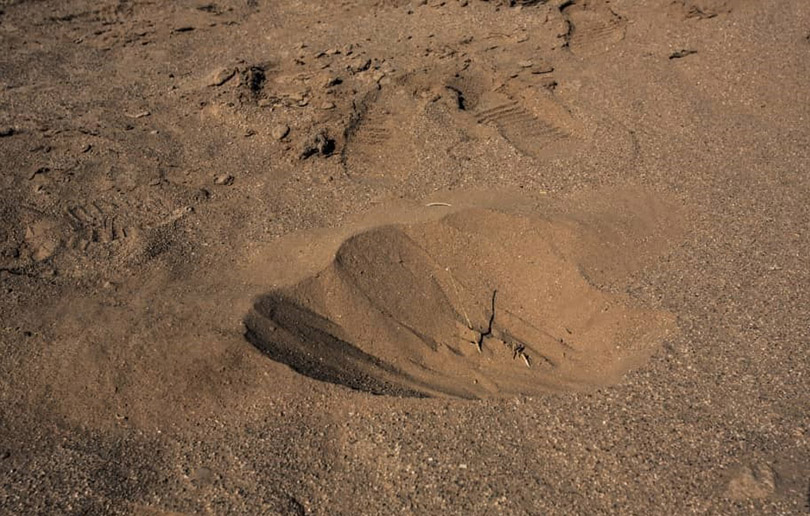
The selection is done before moving the saplings to the area and the irrigation volume of each area is 50 liters per turn.
The water needed is first transferred to the artificial tank constructed at the site of the project and then to small tanks which are pulled by small tractors to the area for irrigation. (Photos below page 56).

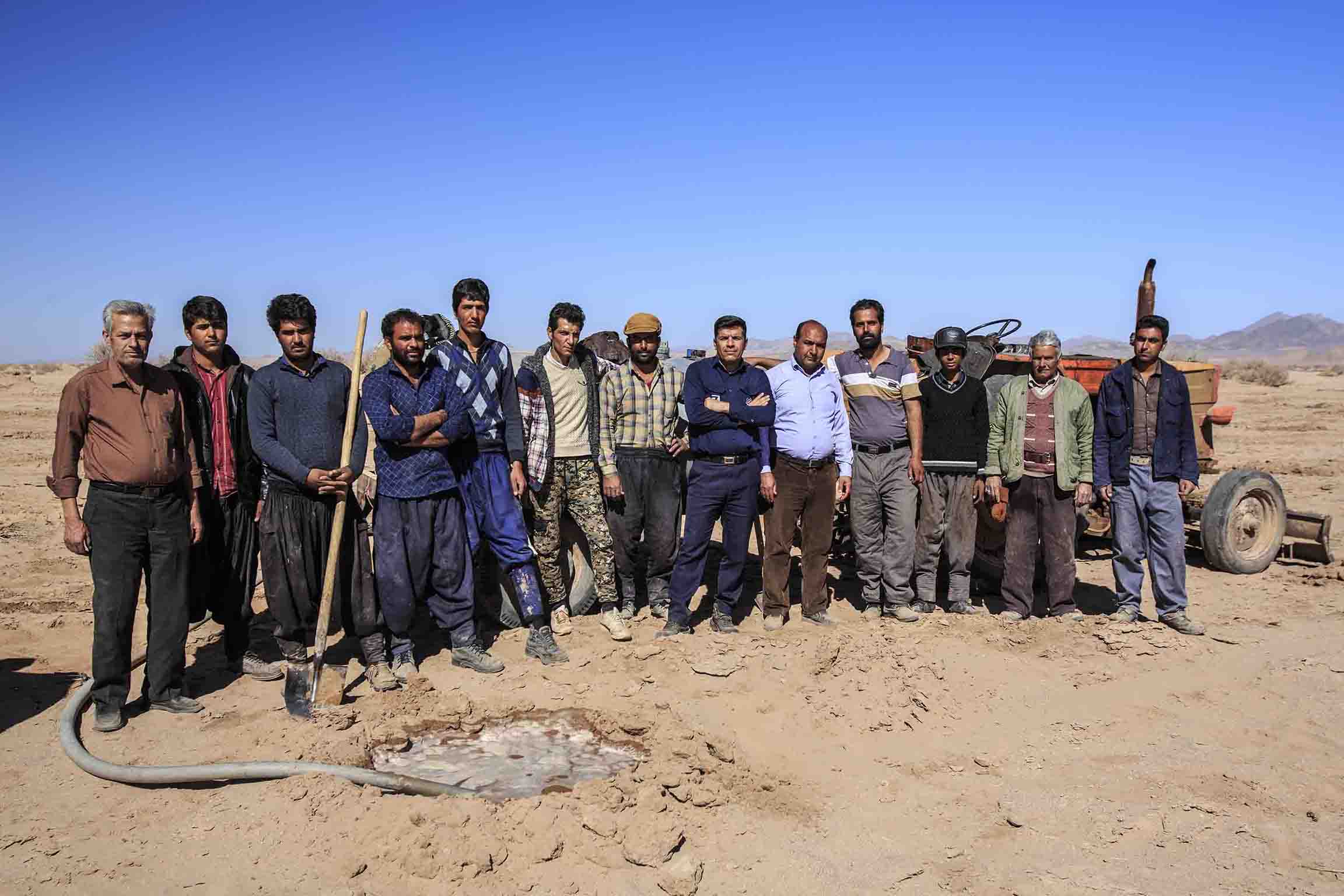
The total irrigation times are 6 times, once before planting (100 liters of water) and another time along with planting and on the basis of the plant›s water requirement until the end of the hot season.
It should be noted that depending on the precipitation of specified periods, irrigation can be extended to the following years until the condition of the saplings are stabilized.
Channels (sediment traps) are made using mechanical excavators and by digging ducts of parallel channels.
The channel depth is 1.2 m and its width is 1 m and the length of the channels is determined by the observer expert according to the position of the arena. The length of the sediment channels in phase 1 is 12/1 km. (Pic. On top of Page 56)
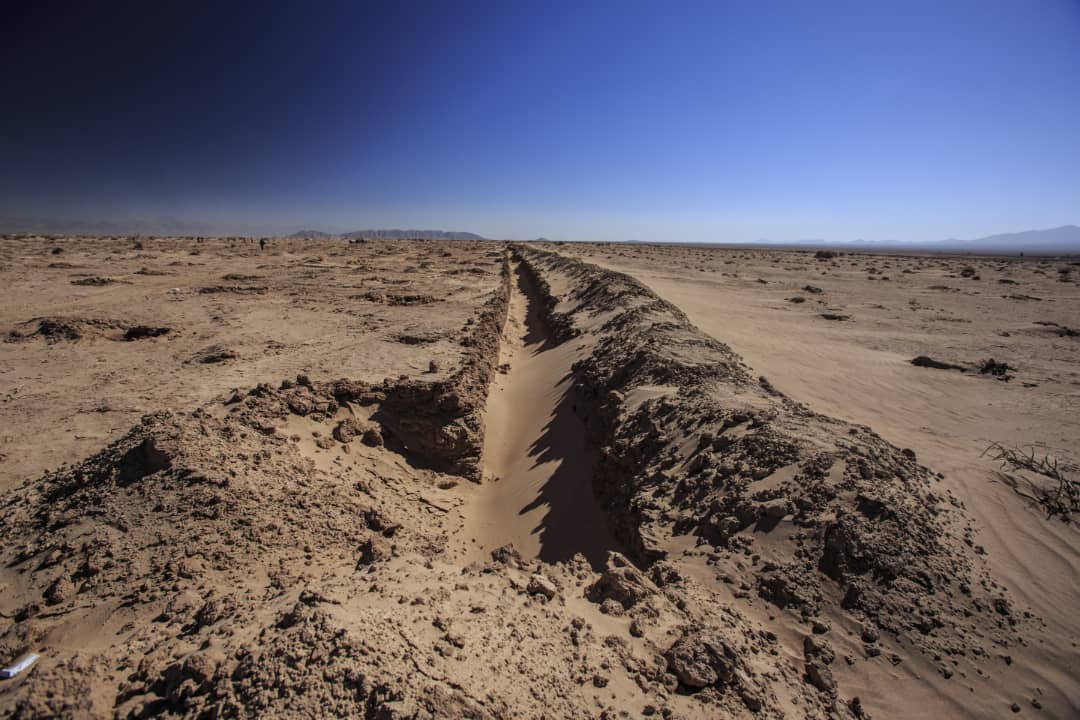
The channels are perpendicular to the direction of eroding wind of the area, and the channels are dug straight and parallel to each other. The channels are cut off at the roadside and the digging of the channels is as such that it minimizes damage to the existing vegetation. The soil from the channel excavation is embanked 1.5 meters from the channel and in the opposite direction to the wind.
As a result, when the wind blows, the sand stops colliding with the embankment and even after burying it or rising over it and being the same level with it, when the wind blows again, the sand will flow into the hole.
Another benefit of digging these channels is to prevent livestock from entering the sapling area. The second phase of the project started at a cost of about 10,000,000,000 rials in February 2019.the length of the projected deposition channels in the second phase of the project is about 30 km. The number of saplings of haloxylons forecast in the second phase of the project is about 30,000.
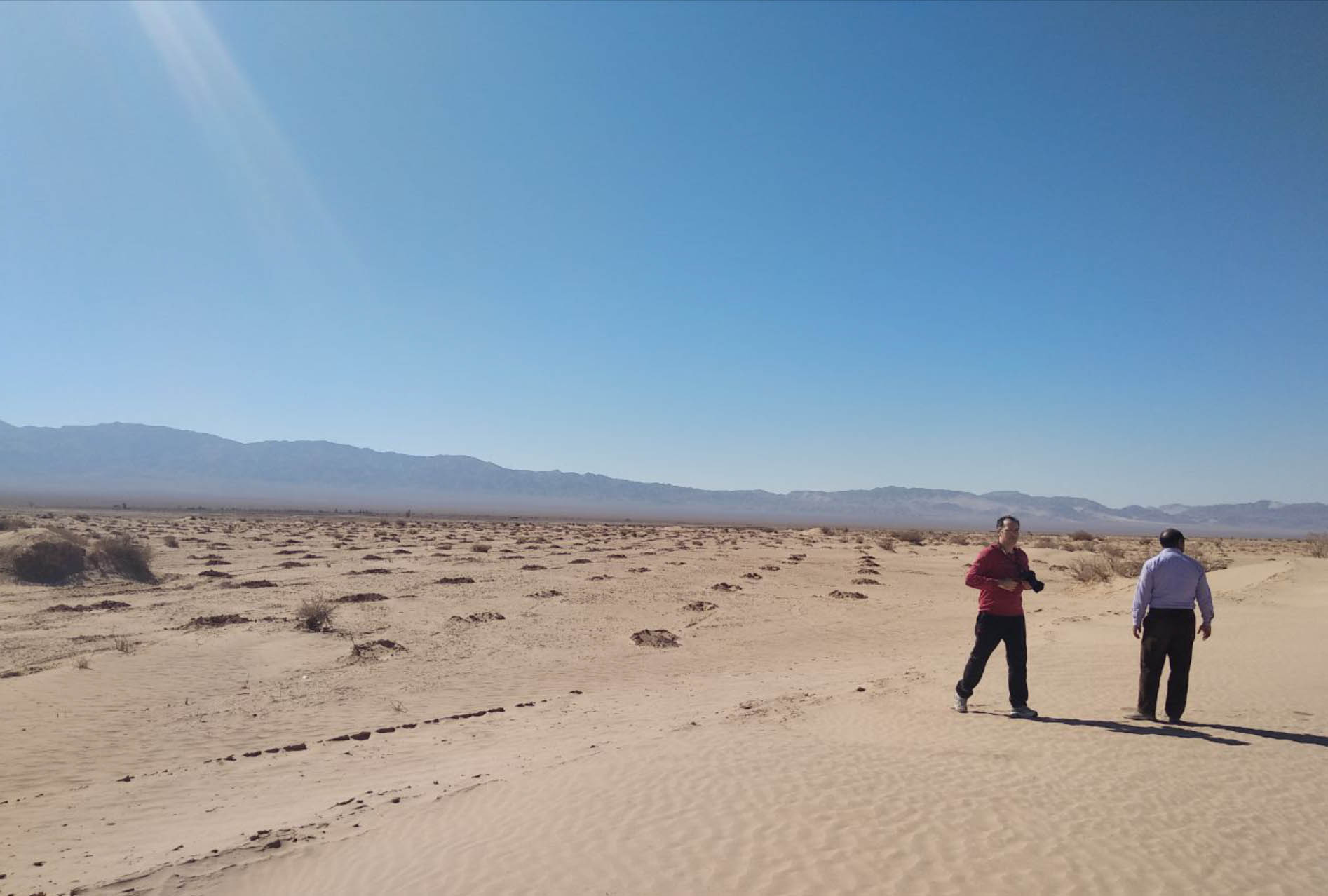
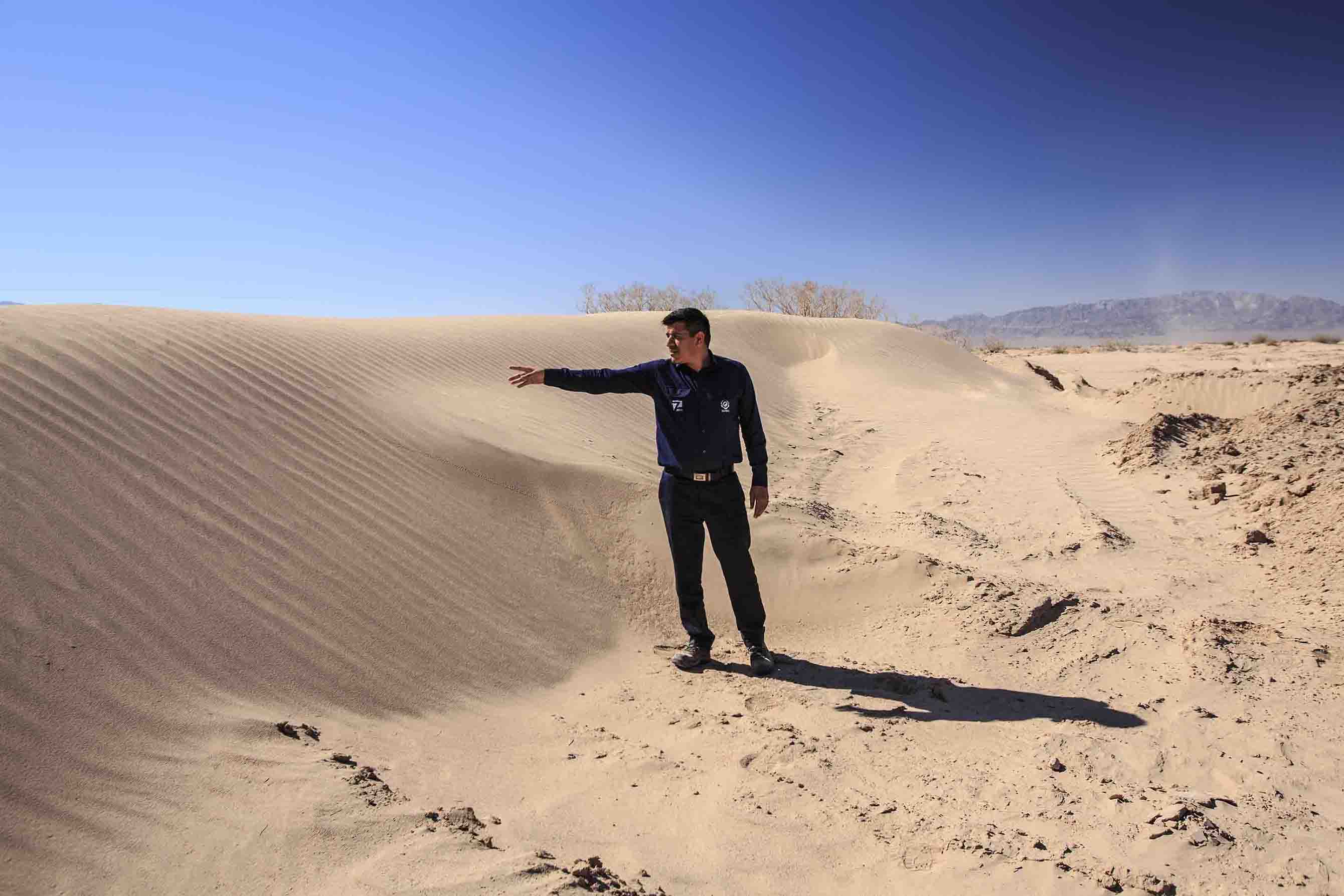
Apart from the entrepreneurship of the project in the region, when we were moving on the path towards the desert where the project of the elimination of deserts was being implemented, we passed through a village with large pistachio gardens, the gardens which could have been buried under sand dunes, had the project not been started.
After the end of the second phase of the project and the growth of the haloxylons planted in the first and second phases, we will see improvement in the flow of sand and stopping the desert movement towards the city and the countryside. In the photo on top of page 53, we can easily see how naturally vegetation can prevent soil erosion, and we hope that the third phase will be in the agenda of the managers of this complex, with more saplings to be planted and the construction of channels (sediment trap) so that we can witness the progress of the project of the elimination of the deserts and the improvement of the climate in the Zarand area.
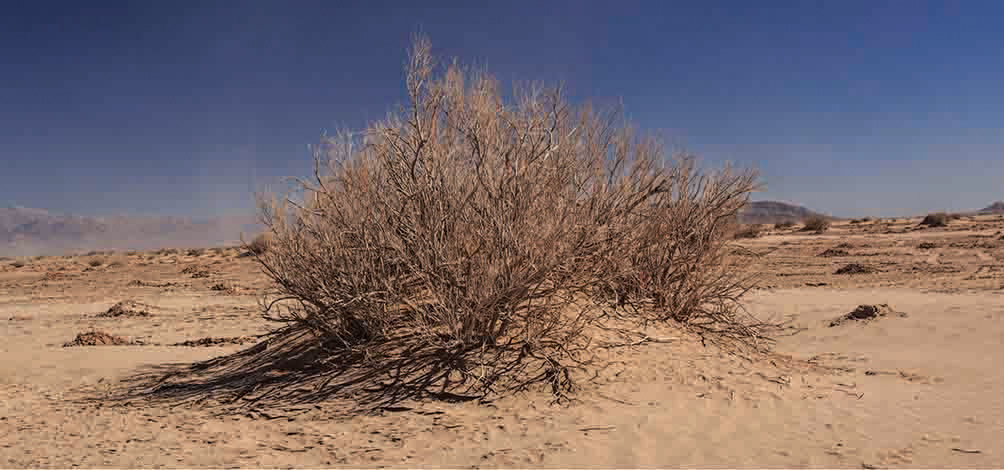
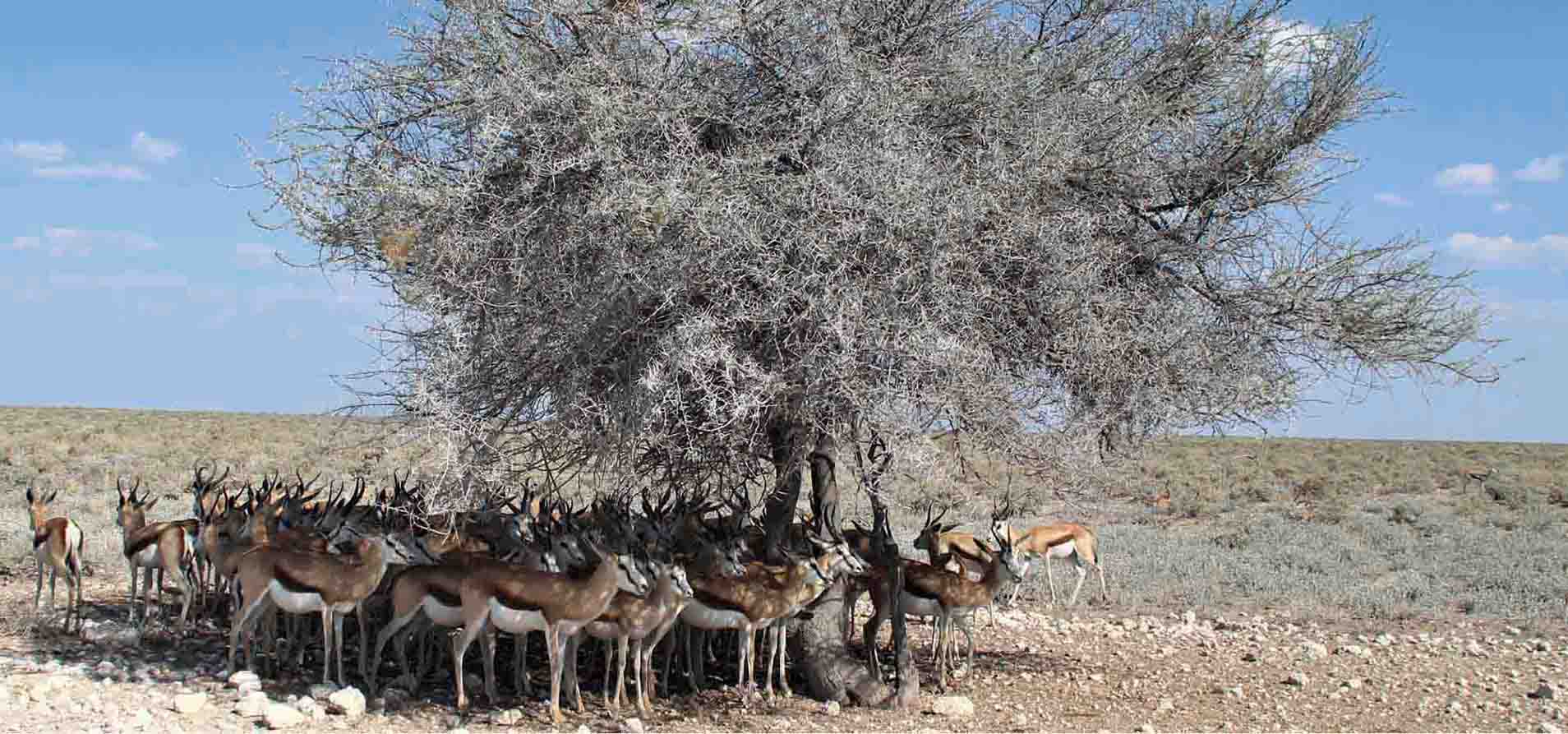
Undoubtedly, the above mentioned pistachio gardens, will be expanded in the coming years, either by their owners or by other investors. Near the city of Zarand, a large forestry project has been carried out by Midco, which will be reported in full in the next edition of the publication.
Such forestry projects will undoubtedly have a positive impact on the weather in the region, and such a forest will become a tourist destination in the dry and desert region of Kerman in the coming years.
We hope that next year there will be another report on the progress of this project, and the preparation of such a report will remind the companies and mines of their long forgotten social responsibilities, with the fulfillment of which, there will no longer be any environmental and wildlife concerns.
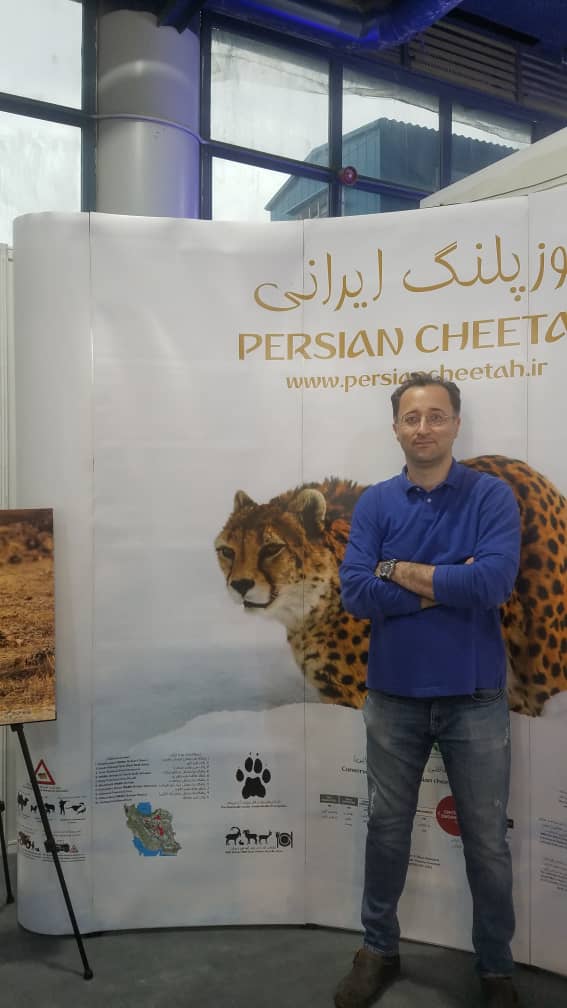
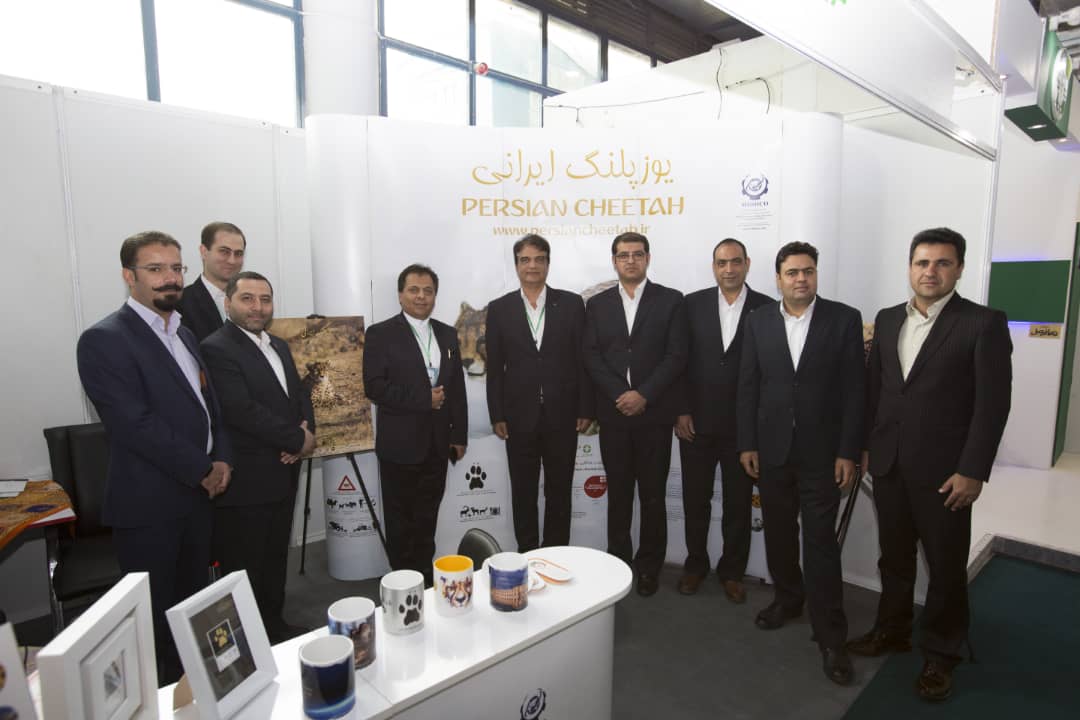
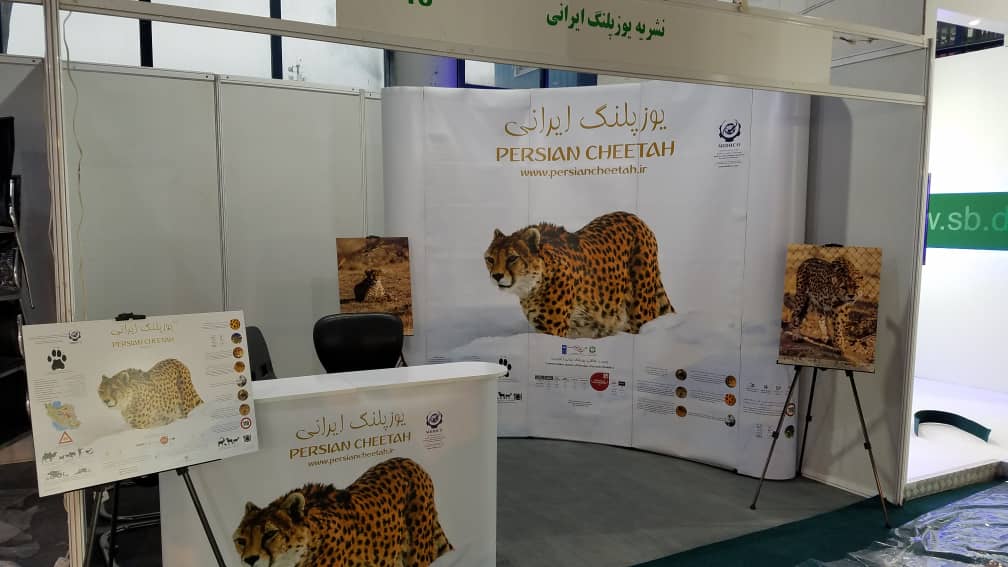

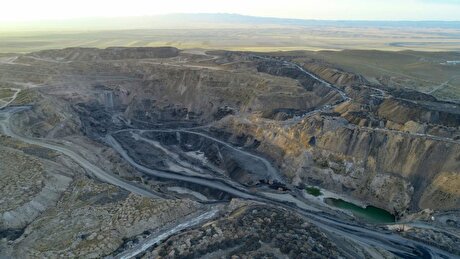
Uzbek gold miner said to eye $20 billion value in dual listing
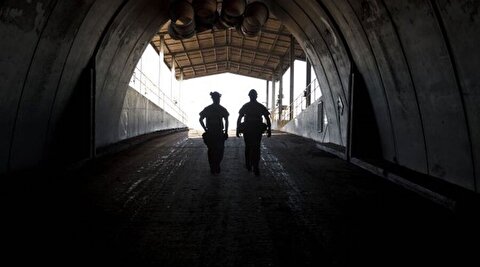
Peabody–Anglo $3.8B coal deal on the brink after mine fire

A global market based on gold bars shudders on tariff threat
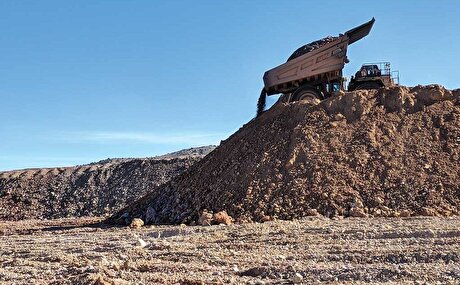
Minera Alamos buys Equinox’s Nevada assets for $115M
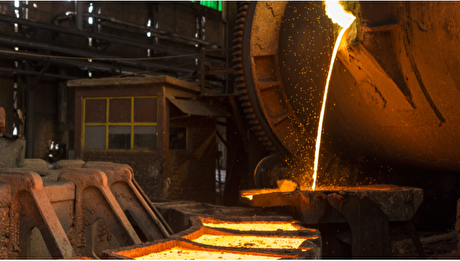
Adani’s new copper smelter in India applies to become LME-listed brand
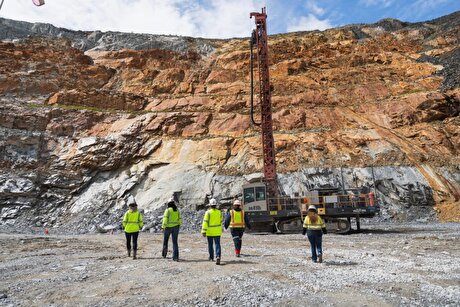
OceanaGold hits new high on strong Q2 results

Trump says gold imports won’t be tariffed in reprieve for market
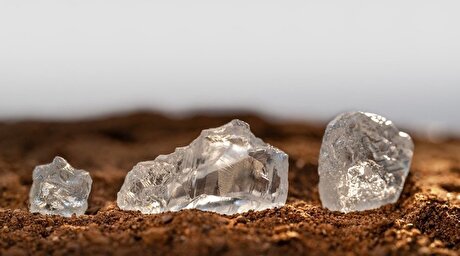
De Beers strikes first kimberlite field in 30 years
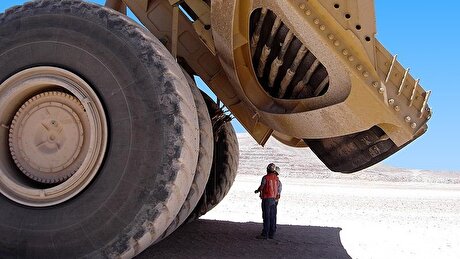
Cochilco maintains copper price forecast for 2025 and 2026
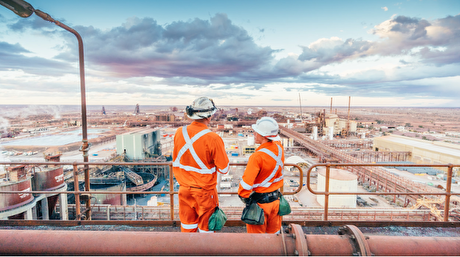
BHP shares near priciest valuation since 2021 on shift to miners
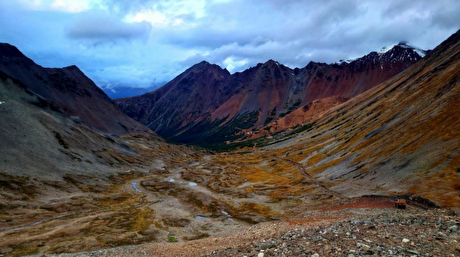
African Rainbow boosts Surge Copper stake to 19.9%
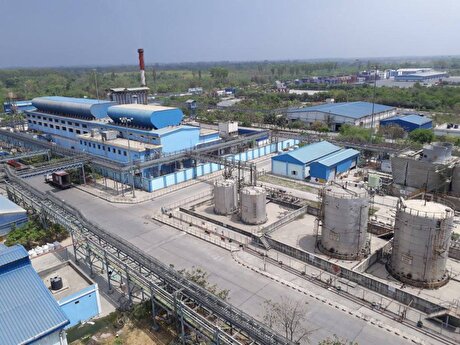
Hindustan Zinc to invest $438 million to build reprocessing plant
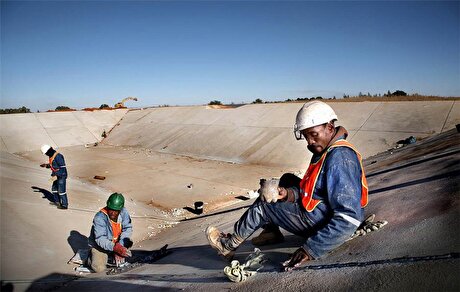
South Africa mining lobby gives draft law feedback with concerns
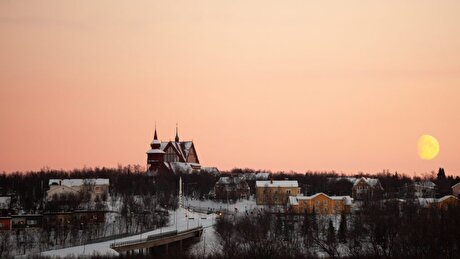
Wooden church sets off on slow Swedish road trip to escape mining subsidence
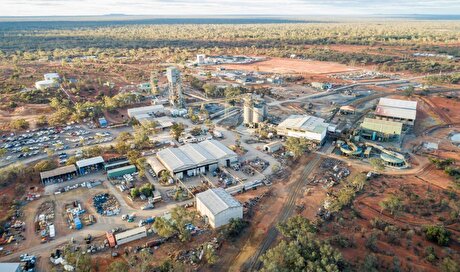
Harmony Gold’s MAC Copper takeover gets regulatory nod
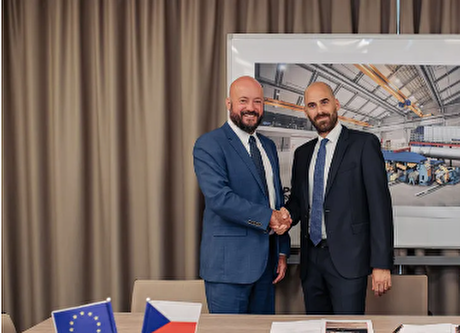
Povrly Copper Industries orders a breakdown rolling mill for high-quality copper, brass, and bronze strip production
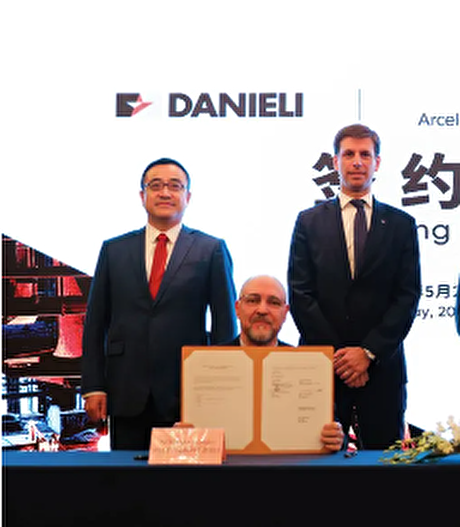
Advanced cold-rolled strip for China’s New Energy Vehicle market
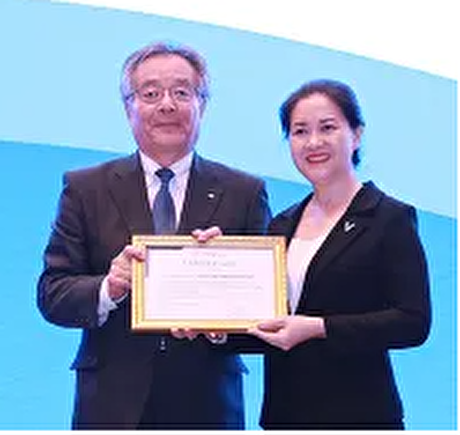
A Danieli greenfield project for competitive, quality rebar production
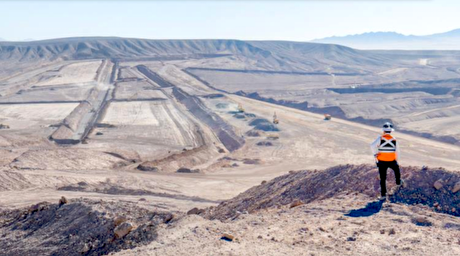
Antofagasta posts biggest profit margins since 2021

BHP shares near priciest valuation since 2021 on shift to miners

African Rainbow boosts Surge Copper stake to 19.9%

Hindustan Zinc to invest $438 million to build reprocessing plant

South Africa mining lobby gives draft law feedback with concerns

Wooden church sets off on slow Swedish road trip to escape mining subsidence

Harmony Gold’s MAC Copper takeover gets regulatory nod

Povrly Copper Industries orders a breakdown rolling mill for high-quality copper, brass, and bronze strip production

Advanced cold-rolled strip for China’s New Energy Vehicle market

A Danieli greenfield project for competitive, quality rebar production














